Whether it's college football, the NFL, basketball, soccer, or baseball, sporting events are prime opportunities to entertain. No matter what the sport, food that's easy to eat is a must. Your guests should be able to mingle, eat, and talk trash... all at the same time! So a meat and cheese plate—also known as a characuterie board— is sure to be a crowd pleaser.
- Don't Miss: The Ultimate Super Bowl Party Snack
- Don't Miss: Gatorade-Infused Treats for Game Day

A traditional charcuterie shop.
What Is Charcuterie?
Charcuterie is a French word that translates to the preservation of meat via the creation of meat products, historically pork. These preparations follow a nose-to-tail philosophy of whole animal butchery, using as many parts as possible for eating. The resulting products include: bacon, ballontines, confit, gallantines, hams, pates, sausages, and terrines. Charcuterie can also refer to a shop that sells these meats.

The outside of a French boucherie that sells charcuterie.
These days, the charcuterie has evolved from just a traditional cured meat tray, according to The New York Times. This food trend is here to stay and has expanded to include preserved fishes and seafood, along with more accompaniments, like cheeses, to make for a heftier appetizer.

Why Bother with Charcuterie?
While a deli tray is nice, charcuterie boards are one of those rustic but elegant appetizers that fit right into our pop culture craving for all things artisanal, homemade, and consciously produced. The wide array of flavors that a charcuterie board provides—ranging from sweet, to salty, and everything in-between—can't be beat by most modern dips and spreads. Plus... you can't deny how beautiful the presentation looks. Charcuterie is not only gorgeous, but a crowd-pleaser.
When building your own charcuterie and cheese boards, keep these three things in mind: taste, texture, and tartness. Balancing these components is essential to a delicious board. Think of what kinds of foods may compliment others. And of course, make sure everything is either finger-friendly or easily spread with a knife.

Let's Talk About Meat
Cured meats (such as bacon) are fatty, and that's one reason they taste so good in small bites. The richness of the proteins and the varying amounts of salt and other seasonings contribute to a meat's depth of taste and make up its unique flavor profile. I call this the umami factor. This taste is always going to be salty, in varying degrees.
Part of the flavor you'll taste in cured meats comes from their preparation methods. There are two categories: whole muscle meats and encased meats. Whole-muscle meats can be sliced, like prosciutto and capicola. Encased meats can be hard sausages like salami and pepperoni, or softer like mortadella or bologna. This picture tutorial of cold cuts may be helpful to you when deciding what meats you'd like to use.
When making my own charcuterie board, I choose five meats in all, with two muscle cuts and three encased meats:
- Capicola: This spicy and tender Italian ham is a kicked-up version of prosciutto.
- Dry-cured chorizo: I chose one with a good dose of pimentón, the smoky zing that gives chorizo its signature flavor.
- Mortadella: this meat is the adult version of bologna!
- Hard genoa salami: I chose a dry-cured salami like this one. Salami is a crowd pleaser, especially for kids. It's easy on the palette and tastes a bit like pepperoni.
- Prosciutto: There are so many varieties of this most popular cured meat that I never tire of including it in my charcuterie spreads. Its velvety texture and salty bite pair well with a variety of fruits and cheeses.

Condiments: Spreadable Tastiness
Choose a few spreadable condiments that include varying levels of tartness. Or, to keep it simple, something sweet and something sour. A tart condiment (such as dijon mustard) will cut through the fat of the meats because of its acidity, while a sweet condiment will contrast nicely with the saltiness of the meats.

I chose to serve honeycomb, a rose-apricot jam, and a homemade Dijonnaise sauce as spreadable condiments; these three spreads vary from not tart at all to almost bitterly tart, respectively. It's good to have a variety of flavors to accommodate the different palates that will be enjoying your board with you.
Cheese, Please
I chose three cheeses with different tastes, further widening the possibilities of different flavor combinations. One is a crowd-pleaser, one is unique, and one is mild.
- Don't Miss: How to Make Quick Cheese at Home

- Fresh mozzarella: Think about mozzarella in terms of pizza. It goes with just about everything and most everyone loves it. I like the small fresh balls to serve for entertaining.
- Sottocenere al tartufo: This cheese adds a bit of luxury and uniqueness to a charcuterie board. It is a smoked truffle cheese that is pungent and rich. It works well alone, or with a bit of prosciutto. This is a cheese for true fromage lovers.
- Drunken goat:This mild, Spanish cheese has a slight sweetness and nice sharpness to it. It pairs well with chorizo and olives, but is mild enough to eat with just about anything on a charcuterie and cheese board.
Mellow Flavors Out with Bread & Nuts
So far, we've talked about a lot of strongly-flavored items. But it's just as important to have milder items on the board, too; these items not only carry the flavor or a cured meat or cheese well, they also provide a different texture that can amplify the overall taste of the bite.
For breads and crackers, I like to keep things simple with a sliced baguette and something a little different. This time I used frozen sweet potato biscuits.
- Don't Miss: Revive a Stale Baguette Using Water
I also like to include a mixture of gluten-free crackers in a separate bowl. You may want to include nuts, too, in a separate bowl. Your allergy-sensitive guests will appreciate snacks that are kept away from other potential food allergens.
Add Freshness to Your Board with Fruits & Veggies
At this point, the board has a lot of variety and flavor... but it also has a lot of heavy, processed items. To cut through that monotony, add some fun to your board with fruits, vegetables, and pickles!
- Don't Miss: Pickles That Take Only 10 Minutes to Make
I chose blueberries and mandarin oranges, a few fruits that I know pair well with the cheeses on the board. As for vegetables, I always include olives, pickles, and some type of peppers on my charcuterie boards. They add a little crunch, texture, and spice to accompany the rest of your offerings.

Serving Portions & Serving Suggestions
Keep in mind that a charcuterie and cheese board is an appetizer, and it could be one appetizer among many others if you're meeting at a friend's place for the game. Plan for 2 oz. of meat and 2 oz. of cheese per person. This will also save you from having to arrange too much onto one platter.
A wooden cutting-board, like this one, makes a stunning and rustic visual presentation for meats and cheeses. When arranging your board, be sure to make the items finger-friendly; separate the individual slices of cheese or meat, for example, and fan them onto the board so that your guests don't have to pull the slices apart themselves. Not only does this make your board easier to eat, it also makes the platter quite beautiful!
Give Charcuterie (& Cheese) A Chance
A curated charcuterie and cheese board is an easy and elegant way to elevate your game day appetizer from basic to gourmet. Serve your guests an appetizer that pairs global tastes with artisanal craftsmanship, all in the form of meat and cheese. This protein treat works for any sports party and the lineup can be adjusted to fit the season, your guests' preferences, and your budget.
More Appetizing Appetizer Hacks:
- How to Make 5 Amazing Appetizers Using the Same 3 Ingredients
- How to Make the Best Deviled Eggs Ever
- These 6 Flavors Turn Crunchy Chickpeas into Snacking Gold
- 9 Crazily Creative Things to Make with Crescent Rolls
- 5 Mouthwatering Muffin Tin Mini-Meals
Photos by JH Daniels (unless otherwise stated)









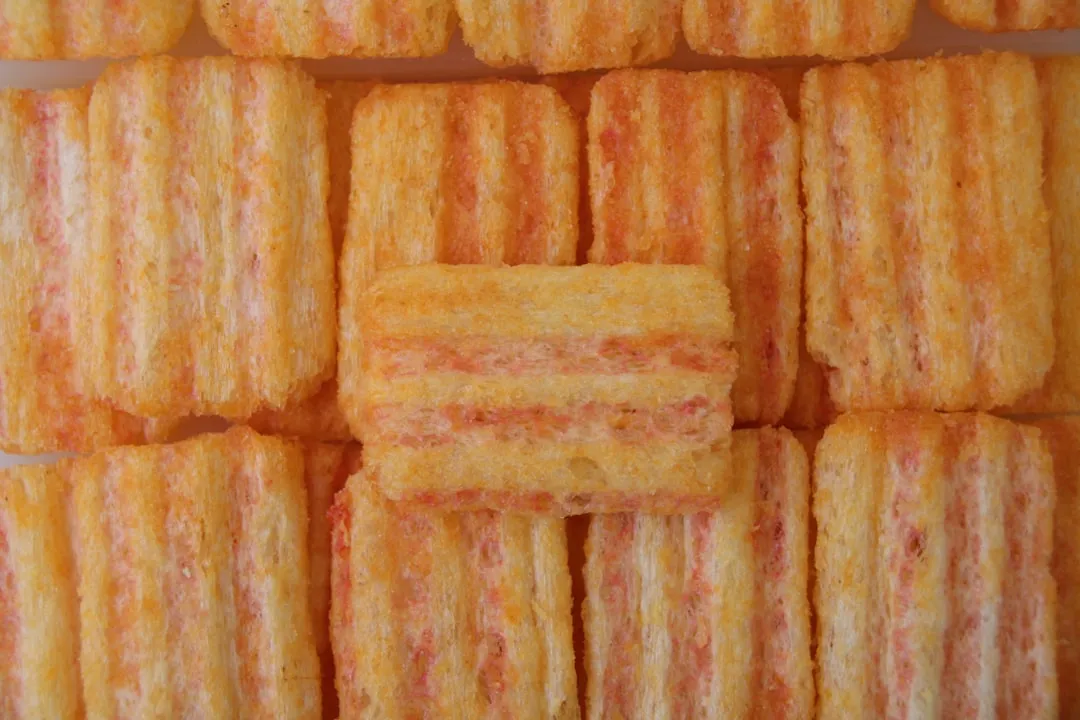
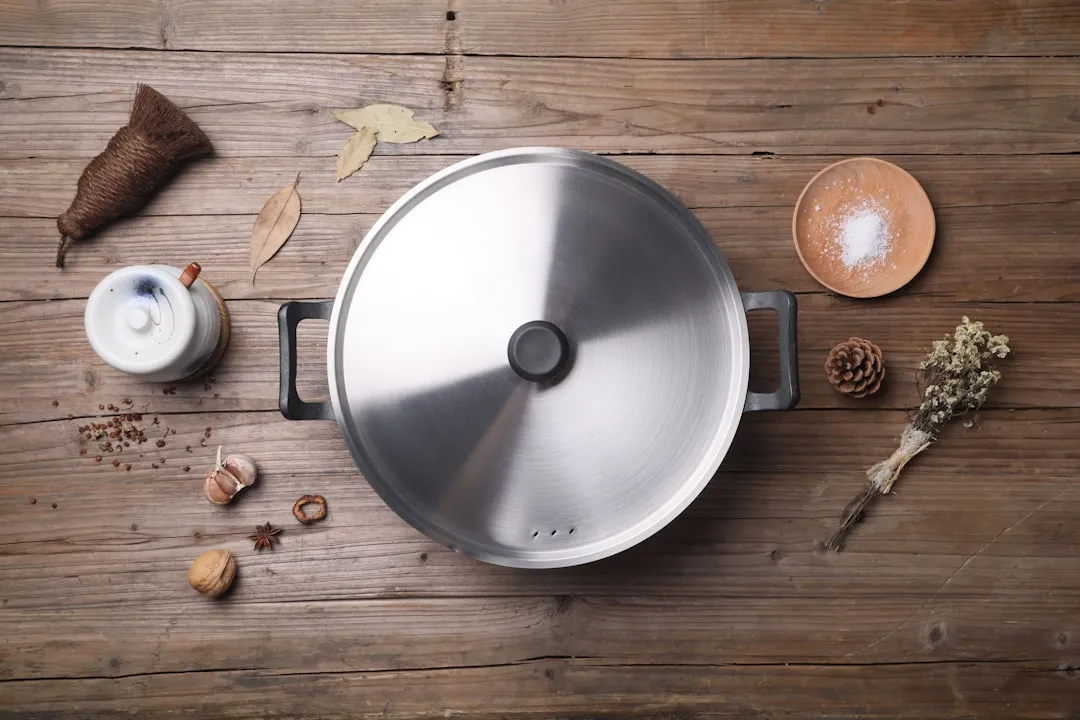
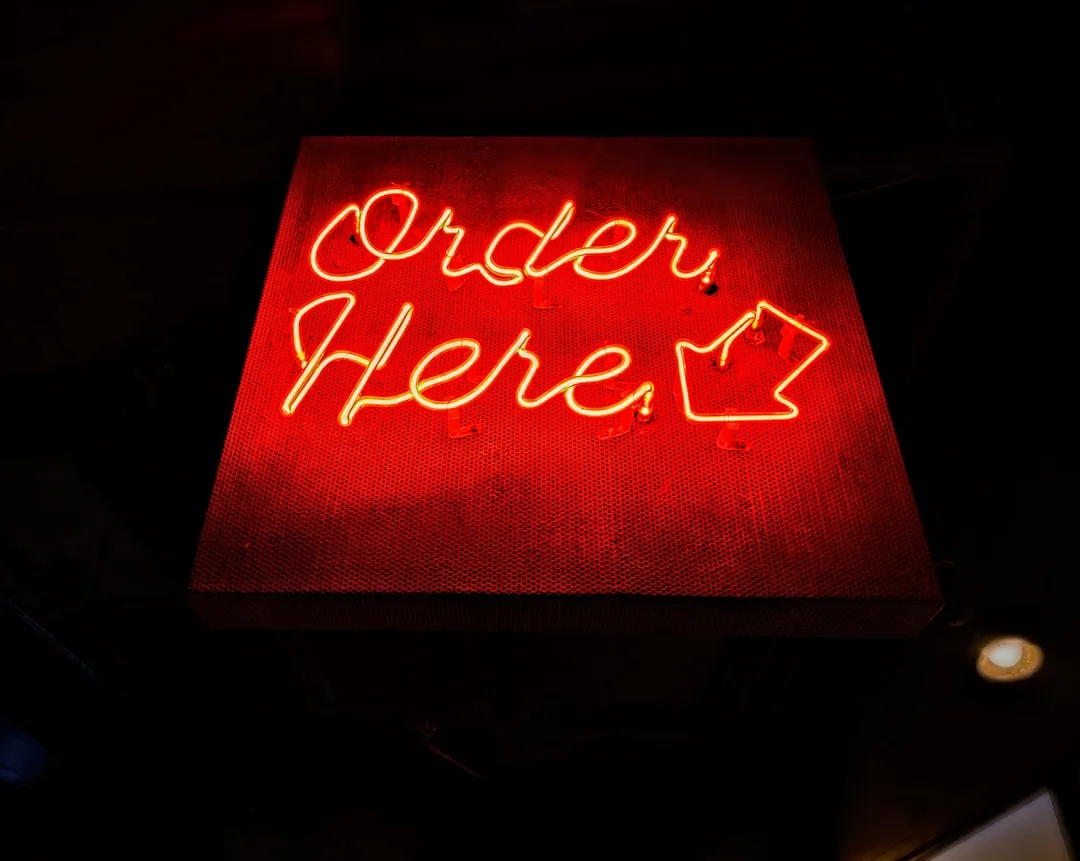



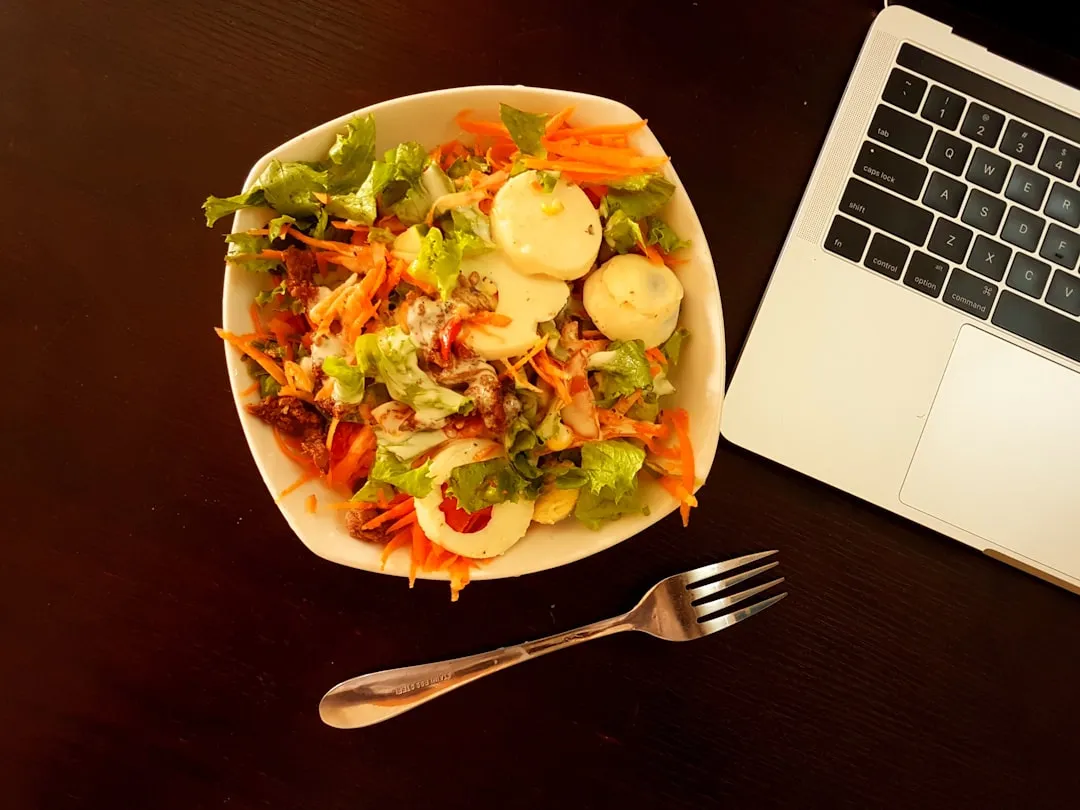




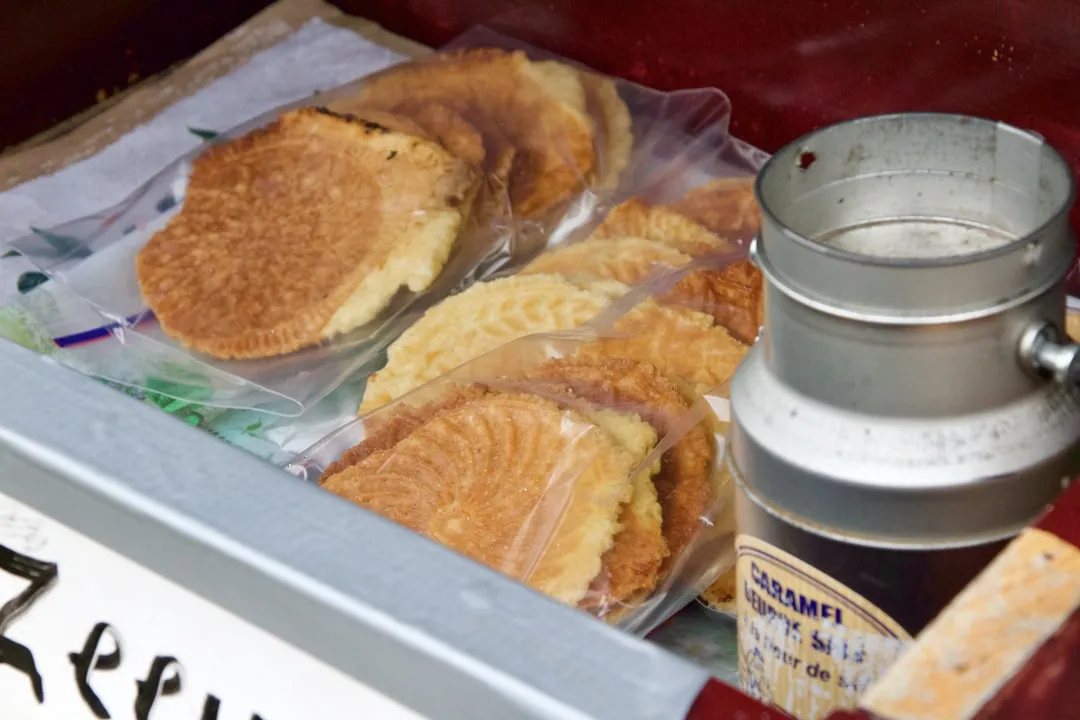

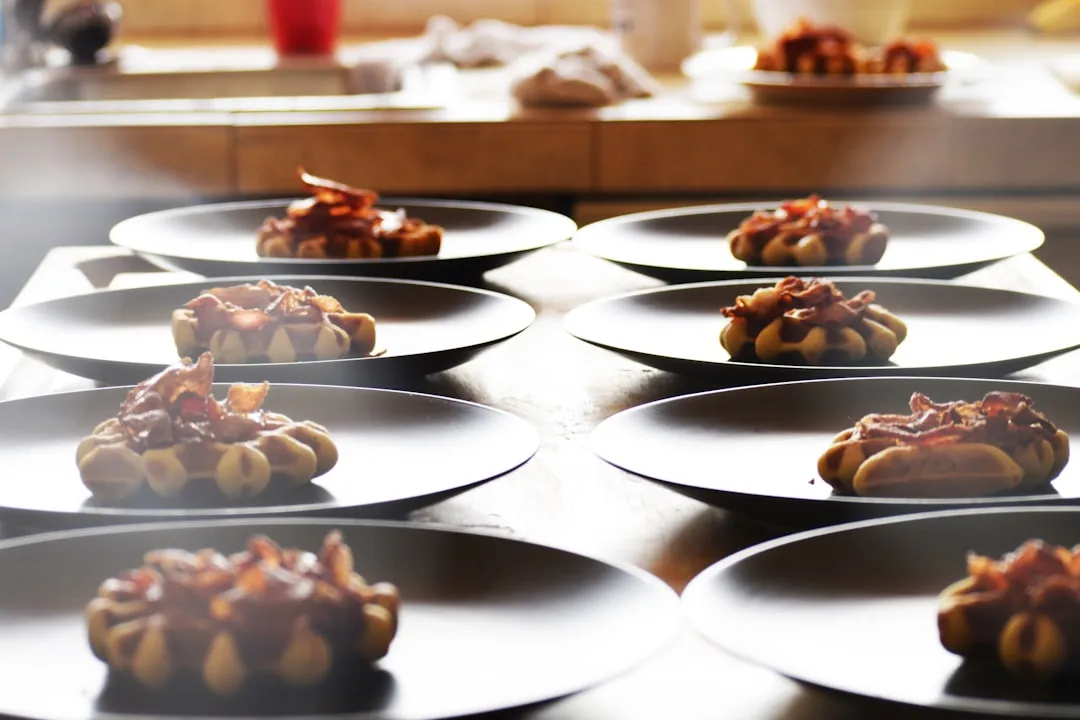


Comments
Be the first, drop a comment!